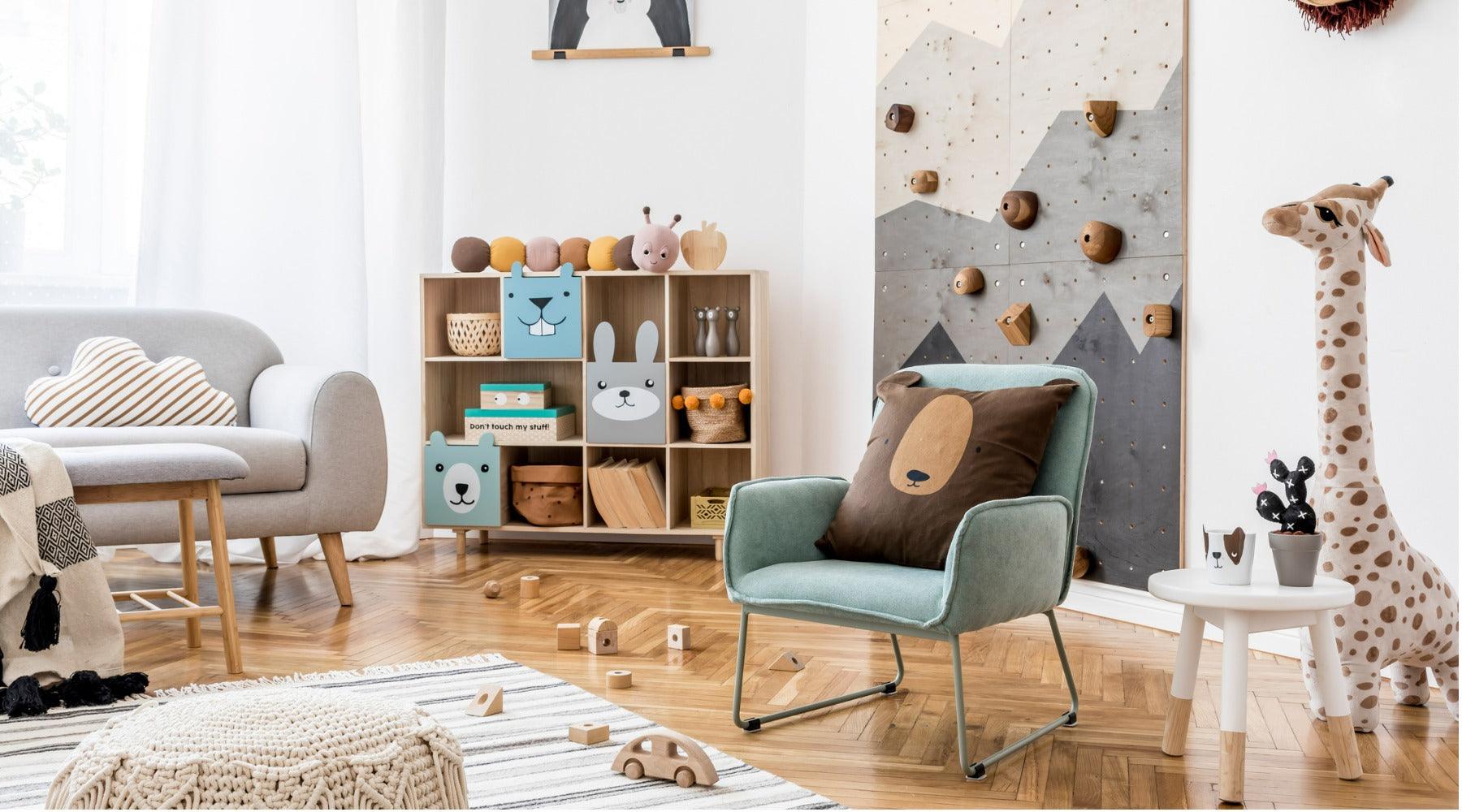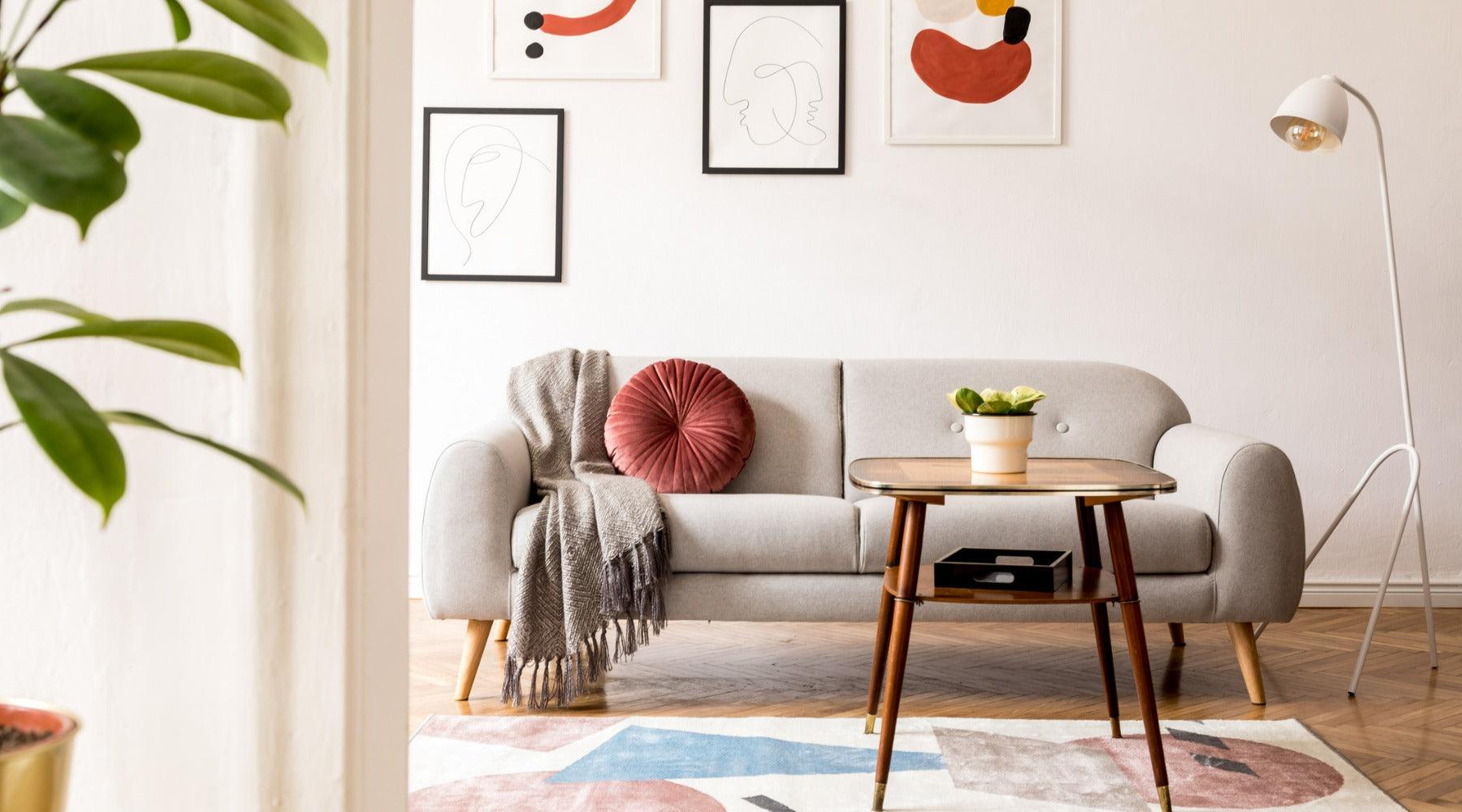
Linen Versus Cotton Bedding
We spend a third of our lives in bed, yet few of us stop to think about how our bedding impacts our sleep. When we do, we’re overwhelmed by the sheer amount of choice out there—not just linen versus cotton but organic versus non-organic, sateen versus percale, and European linen versus linen from other countries. We’re here to demystify the debate for you and explain why the properties of organic European linen, and its impact on the environment, put it in a class of its own.
The Origins of Linen and Cotton
Cotton fabric comes from the fluffy white fruit, or ‘boll,’ of the cotton plant. It is a staple fiber, which means that it comprises fibers of different lengths.
Linen comes from the flax plant and is a bast fiber, which means it is extracted from the strong core of the plant’s stem. Compared with cotton, the process of extracting and weaving linen is more labor-intensive, so linen is generally more expensive than cotton. But with that, you get a whole host of benefits.
Linen: The Ultimate In Comfort
If you’ve ever tucked yourself in with an organic European flax linen duvet cover, you'll probably never go back to cotton. What makes it so special?
- It's thermoregulating: Flax is a hollow fiber which allows it to breathe. This gives it the ability to thermoregulate, keeping you cool in the summer and cozy in the winter.
- It's soft and gets ever softer: Garment washed European quality linen naturally feels supple and soft. And since the pectin that binds the fibers gradually dissolves when in contact with water, the fabric becomes even softer with every wash—without losing its trademark strength.
- It's hypoallergenic and anti-bacterial: Linen is naturally hypoallergenic and anti-bacterial. This makes flax linen a great choice for sensitive skin.
- It's absorbent and dry: Linen can absorb up to 20% of its own weight in water without feeling damp. And because it absorbs and transports moisture rapidly, linen keeps your skin dry (and you comfortable) throughout the night.
- It gives you peace of mind: The Modern Dane linens are Oeko-Tex 100® Class 1 certified—your guarantee that what you sleep in is free from any harmful chemicals.
European Flax: A Zero-Irrigation Crop
Cotton is a notoriously thirsty crop—just one cotton T-shirt requires 2,700 liters of water to produce. Entire seas have almost disappeared on account of surrounding cotton farms, causing local climate change, dust storms, and food and water shortages in surrounding communities.
Organic European flax requires only rainwater to grow. In fact, all producers in France, Belgium, and the Netherlands sign the European Flax charter, committing to zero irrigation.

The Hidden Cost of Cotton Pesticide Use
Cotton is extremely vulnerable to pests including bollworms, plant bugs, aphids, and spider mites. World cotton production requires $2 to $3 billion of pesticides per year, which accounts for one-sixth of the world's pesticide use despite cotton only occupying 2.5% of the planet’s agricultural land. Because cotton requires heavy irrigation, these toxic pesticides are washed into local streams and may end up in rainwater or even in drinking water supplies. As a result, people in the communities surrounding cotton plantations are at greater risk of developmental disorders and certain cancers.
Organic flax is resistant to pests and requires no pesticides. Our organic linen duvet covers are GOTS and OEKO-TEX certified, which means that they are free from toxic chemicals such as pesticide residue.

Long-Lasting Linen
Flax fibers are incredibly strong, made up of many cells packed together. Cotton, on the other hand, has single-celled strands. Because cotton fibers are also shorter and narrower than linen fibers, the resulting material is not as strong or durable. Premium cotton, such as Egyptian cotton, is made from longer fibers—although this makes it softer and stronger than other types of cotton, it is still not as strong as linen. Linen lasts for centuries, with linen bandages used to wrap Egyptian mummies surviving to this day.
Due to the shorter, thinner fibers, cotton has a softer “out of the box” feel than linen. By comparison, brand-new linen bedding can feel a little stiff. However, washing linen breaks down the naturally occurring pectin in the linen strands, meaning that it gets softer over time. Our European linen duvet covers are garment-washed before they reach you, so they’re already ultra-soft the minute they arrive. It’s also tradition for many Scandinavian families to pass vintage linen bedding from one generation to the next, resulting in even softer bedding year after year.
Bedding for All Seasons
Both linen and cotton are popular bedding choices in warmer weather. Although cotton is slightly more absorbent than linen—able to hold 25% of its weight in water over linen’s 20%—linen’s moisture-wicking abilities far outstrip those of cotton, due to naturally present pores in the flax fiber. This means that linen wicks perspiration away from your body, keeping you cool. These same pores trap warm air in winter, forming an insulating layer that keeps you cozy during the colder months.
The Look of Linen: Sophisticated Yet Low-Key
Crisp cotton has a uniform, businesslike feel, hence its popularity in hotels. However, weaker cotton fibers tend to pill over time, ruining the look. Linen, with its natural creases and lived-in look, is beloved of Instagrammers and interior designers. It’s naturally pill-resistant due to its long, strong fibers. It’s lower maintenance, as it looks good even without ironing. With prints featuring vegetation native to the Nordic region, our Scandinavian duvet covers help bring the outdoors in. Our Danish-style linen bedding is also easy to care for and, in addition to prints, comes in a range of beautiful solid colors as well.
Have we convinced you to make the switch to linen? Or are you already enjoying the benefits of organic linen bedding? Let us know on Instagram, Pinterest, Facebook or Twitter!







Leave a comment
This site is protected by hCaptcha and the hCaptcha Privacy Policy and Terms of Service apply.